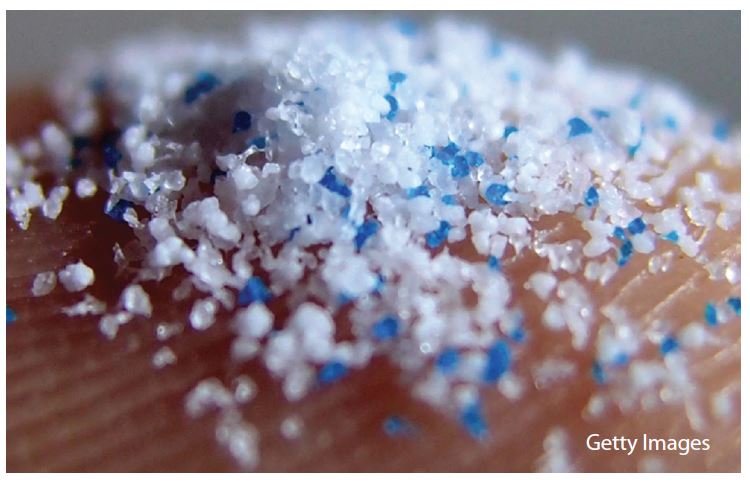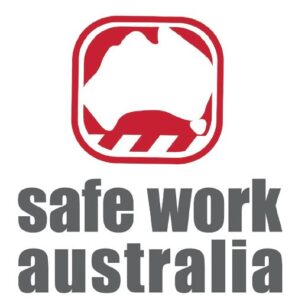Global regulatory report
Written on: December 1, 2023 by Cassandra Taylor
We are seeing plenty of regulatory changes around the world, with a growing focus on reducing pollution and ensuring a healthy environment. There are several important regulatory initiatives that are happening in key jurisdictions.
“Zero draft” of global plastic pollution treaty
On Sept. 4, 2023, the Intergovernmental Negotiating Committee on Plastic Pollution released a draft of the Global Plastics Treaty, which aims to protect human health and the environment. In March 2022, 175 countries agreed to write a global treaty to address plastic pollution and this new document is the next step.
The draft treaty includes a collection of proposals for ways to address the issue of plastic pollution. Some options include:
• Scaling back the use and manufacturing of plastic by having countries set their own reduction targets or meet a global target established in the treaty.
• Phasing out microplastics, such as microbeads, that are intentionally added to products.
• Reducing or eliminating “problematic and avoidable plastic products” such as plastic straws and cutlery.
• Tighter controls on chemicals used in plastic production.
• Taking measures to eliminate the production, sale, distribution, import and export of chemicals and polymers of concern.
• Establishing and maintaining certification procedures and labeling requirements for plastics and plastic products.
• Promoting the reduction, reuse, refill, repair, repurposing and refurbishment of plastic products.
• Establishing minimum required percentages of safe and environmentally sound post-consumer recycled material in the production of plastics.
• Taking measures to foster innovation and to incentivize and promote the development and use at scale of safe, environmentally sound and sustainable non-plastic substitutes.
• Establishing and operating Extended Producer Responsibility (EPR) systems.
• Taking effective measures on safe and environmentally sound waste management at its different stages, including handling, collection, transportation, storage, recycling and final disposal of plastic waste.
The options laid out in the draft are meant to reflect a range of input and views from various members of the treaty. It is yet to be determined if reduction targets and timelines will be set at the national or global level, and if countries will be required or simply encouraged to implement specific parts of the treaty.
EU Commission restricts microplastics
On a related note, the European Union (EU) commission implemented new rules in September 2023 to prevent the release of plastic into the environment by prohibiting the sale of microplastics and of products containing intentionally added microplastics that release tiny fragments when used.
A broad definition of microplastics has been established, covering all synthetic polymer particles below five millimeters that are organic, insoluble and resistant to degradation.
The first measures came into force 20 days after the regulation was published, including a ban on loose glitter and microbeads used for exfoliation in cosmetics. Other restrictions will apply after a longer period of 4–12 years, depending on the complexity of the product and the need for reformulation. This grace period is intended to give affected companies time to phase out microplastics and find suitable alternatives.
Outside the scope of the ban are products that contain, but do not release, microplastics, products that are used at industrial sites and products that are regulated under other EU legislation, such as medicines.
New labeling for 56 fragrance allergens
On July 26, 2023, the EU commission published Regulation (EU) 2023/1545, which amends Cosmetics Regulation (EC) 1223/2009 by adding 56 new fragrance allergens and updating restrictions to certain already-listed substances.
Substances that are considered fragrance allergens must be added to the label of a cosmetic product when present at concentrations greater than 0.001% in leave-on products and greater than 0.01% in rinse-off products. Chemicals such as prehaptens and prohaptens, which can be transformed to known allergens through oxidation or bioactivation processes, are subject to the same labeling requirements. Some examples of new fragrance allergens on the list include menthol, camphor, vanillin, lemongrass oil, eucalyptus oil and rose extract.
Existing entries have also been revised with more up-to-date nomenclature, grouping of similar substances and the inclusion of isomers. For example, previously, only one isomer of limonene was present on the list (d-limonene). The updated list now also includes l-limonene, as well as mixtures of both “d” and “l” isomers.
Regulation (EU) 2023/1545 entered into force on Aug. 16, 2023. The transition period for compliance with the new provisions ends July 31, 2026, for new products and July 31, 2028, for existing products. It is also worth keeping in mind that this list of fragrance allergens affects the required label elements under California’s Cleaning Product Right to Know Act (SB 258).
Products sold online face EU regulatory scrutiny
Products sold online across the EU will soon have to undergo inspections to ensure they meet the requirements of the Classification, Labeling & Packaging (CLP) Regulation ([EC] No 1272/2008). The European Chemicals Agency (ECHA) enforcement group will be scrutinizing products as part of the REACH-EN-FORCE (REF)-13 Project to ensure that they comply with the Regulation on the Registration, Evaluation, Authorization & Restriction of Chemicals (REACH) and appropriately communicate the applicable hazards. Inspectors may also check for compliance with restrictions under the Persistent Organic Pollutants (POPs) Regulation and the Restriction of Hazardous Substances (RoHS) Directive and can additionally rely on stricter rules governing online sales, such as the Digital Services Act and General Product Safety Regulation.
REF-13 will be prepared in 2024, with inspections planned for 2025 and reports anticipated to be published in 2026.
Australia completes transition to GHS Revision 7
According to Safe Work Australia, GHS 7 is now the only system to classify newly manufactured and imported hazardous chemicals and prepare labels and safety data sheets (SDS) across Australia. Each State and territory of the Commonwealth has adopted GHS 7 in its Workplace Health & Safety (WHS) laws.
It is not required to re-label or dispose of existing products that were classified according to GHS 3. However, manufacturers and importers of hazardous products must ensure that the SDS follows GHS 7, even if the label does not.
Brazil takes steps to regulate PFAS
In May 2023, Bill PL 2726/2023 was proposed in the Brazilian Chamber of Deputies. The bill would establish a comprehensive national policy for the control of perfluoroalkyl and polyfluoroalkyl substances (PFAS) with the goal of controlling these “forever chemicals” in the environment and encouraging the adoption of sustainable practices in the production of consumer products and services.
The policy consists of measures and instruments for the control, monitoring, surveillance, prevention and remediation of the environmental and health effects associated with PFAS. Federal, State and municipal authorities would have duties with respect to the implementation of the law.
Industries that use PFAS would be required to present annual consumption and disposal reports for concerned substances. There is an emphasis for stakeholders to implement measures to reduce the use of PFAS with the aim of progressively eliminating them from products and manufacturing processes. The proposal also aims to educate the public about the health and environmental risks associated with PFAS and affirm the importance of research into contamination remediation technologies.
Once approved, the proposed law would come into force on the date of its publication.
As always, feel free to reach out to us at Nexreg Compliance Inc. with any global regulatory questions. SPRAY


